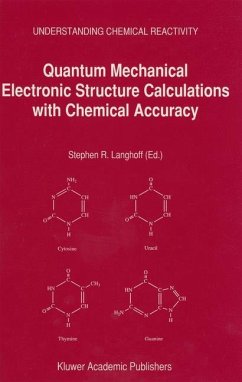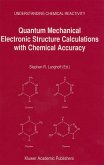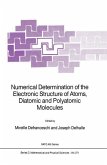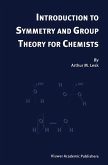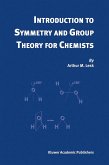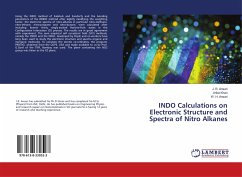The theoretical chemist is accustomed to judging the success of a theoretical prediction according to how well it agrees with an experimental measurement. Since the object of theory is the prediction of the results of experiment, that would appear to be an entirely satisfactory state ofaffairs. However, ifit is true that "the underlying physicallaws ... for the whole ofchemistryare ... completely known" (1), thenit shouldbepossible,atleastinprinciple, topredict theresults of experiment moreaccurately than they canbe measured. Ifthe theoreticalchemist could obtain exact solutions ofthe Schrodinger equation for many-body systems, then the experimental chemist would soon become accustomed to judging the success ofan experimental measurement by how well it agrees with a theoretical prediction. In fact, it is now possible to obtainexact solutions ofthe Schrodinger equation for systems ofa few electrons(2-8). These systems include the molecular ion Ht, the molecule H , the reaction intermediate H-H-H, the unstable pair H-He, the 2 stable dimer He2' and the trimer He3. The quantum Monte Carlo method used in solving the time-independent Schrodinger equation for these systems is exact in that it requires no physical or mathematical assumptions beyond those of the Schrodinger equation. As in most Monte Carlo methods there is a statistical or sampling error which is readily estimated.

